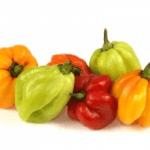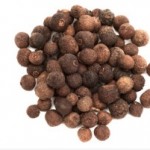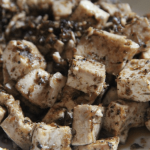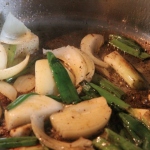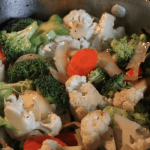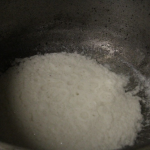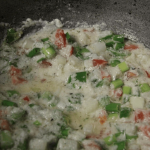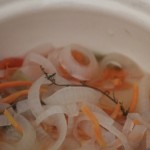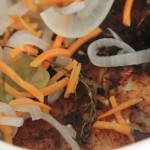For many Jamaican families in the U.S., the traditional baked turkey will not take center stage at this week’s Thanksgiving dinner. Instead, it will be replaced by jerk roasted turkey.
It started a few years ago. I suspect, because somebody got bored with the traditionally baked turkey and decided to add little kick to it. When you think about it, jerking a turkey makes sense. If you can jerk a chicken, why not jerk a turkey?
Well, that idea has caught on. Several Jamaican restaurants now prepare and sell jerk roasted turkeys on order.
Type ‘jerk turkey’ or ‘jerk roast turkey’ on your computer and the search will return several pages with recipes, how-to information, and videos. You can even buy a jerk roast turkey from Nieman Marcus and jerk turkey from Boars Head.
I’ve never had jerk turkey, mainly because I don’t like turkey. I’d curious to give it a try but it won’t be this Thanksgiving. I’ve been invited to join a family for dinner and I expect the turkey will be baked and accompanied by the normal Jamaican fare – curried goat, jerk chicken or pork, escoveitch fish, rice and peas, etc.
If you’d like to try making jerk turkey for your Thanksgiving this year, here’s a recipe I found at Saveur.com.
- ¾ cup olive oil
- ½ cup packed light brown sugar
- ½ cup chopped scallions
- ¼ cup freshly ground black pepper, plus more to taste
- 2½ tbsp. kosher salt, plus more to taste
- ½ tbsp. dried thyme
- 1 tsp. ground cinnamon
- ½ tsp. freshly grated nutmeg
- ½ tsp. ground cloves
- ¼ cup freshly squeezed lime juice, plus wedges for serving
- 1½ tbsp. soy sauce
- 6 cloves garlic
- 2 Scotch bonnet or habanero chiles, stemmed and chopped
- 2" piece ginger, peeled and thinly sliced
- 8 tbsp. unsalted butter
- 1 (12-lb.) turkey
- 1. Heat oven to 500˚. Combine ¼ cup oil, sugar, scallions, ¼ cup pepper, 2½ tbsp. salt, thyme, cinnamon, nutmeg cloves, juice, sauce, garlic, chiles, and ginger in the bowl of a food processor; puree until smooth and set aside. Melt butter and mix with remaining oil; set aside. Rinse turkey and pat dry with paper towels. Season turkey inside and out with salt and pepper and let come to room temperature.
- 2. Transfer turkey to a rack set inside a roasting pan, tuck wings behind turkey and tie legs together with kitchen twine. Brush turkey all over with butter, reserving some for basting. Pour 2 cups water into roasting pan and roast turkey, brushing once with more of the butter, for 30 minutes. Reduce heat to 350˚ and continue roasting, brushing occasionally with butter, until an instant-read thermometer inserted into a thigh, without touching the bone, reads 150˚, about 2 hours. Remove turkey from oven and baste completely with reserved sauce. Place back in oven and continue to cook until internal temperature reaches 165°, about 20 to 25 minutes more. Transfer turkey to a cutting board, and let sit for 30 minutes before carving; serve with lime wedges if you like.
Nigel Spence, one of my favorite Jamaican chefs, does a deep fry jerk turkey and has created this video demonstration for how to make it. Chef Nigel owns a restaurant, Ripe, in Mount Vernon, where he makes and sells his jerk turkey. Deep frying a turkey is best left to professionals or cooks with a lot of experience.
How to join the #FoodieTuesday linkup –
- Add the link to your foodie post in the link tool at the bottom of this post
- Leave a comment.
- As a courtesy, please include a link back to this post.
- Tweet, G+, Like, etc., using the hashtag #FoodieTuesday
Happy Thanksgiving!
 Loading InLinkz ...
Loading InLinkz ...


